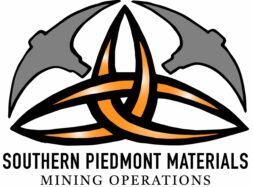
Locating the assay value of a mapped reserve is an important part of developing a gold mining project. However, the market value of a mapped reserve is the project’s extraction value, not the assay value. The following are the definitions used as baseline for assay and value discussions:
• Standard assays are used to establish how much free precious metals are in a mapped reserve (recoverable by a standard processing operation). Standard assays use little to no pretreatments before assaying a sample. Therefore, the standard assay value is almost always lower than the values reported by sophisticated assays.
• Sophisticated assays are used to establish how much free, complex, and micron precious metals are in a mapped reserve. Sophisticated assays use a number of refined pretreatments before assaying a sample. Therefore, sophisticated assays show the true assay value of an ore body, which is generally higher than the values reported by standard assays.
• The assay value is used in a project evaluation process to establish how much wealth in the form of precious metals is located within a project’s mapped reserves.
• The extraction value is the value of precious metals that can be recovered from a mapped reserve with a pilot plant using affordable mechanical processes that are environmentally friendly. Before investing in building a processing plant, conducting enough laboratory and pilot plant extraction studies is necessary in order to locate the extraction value of a mapped reserve.

